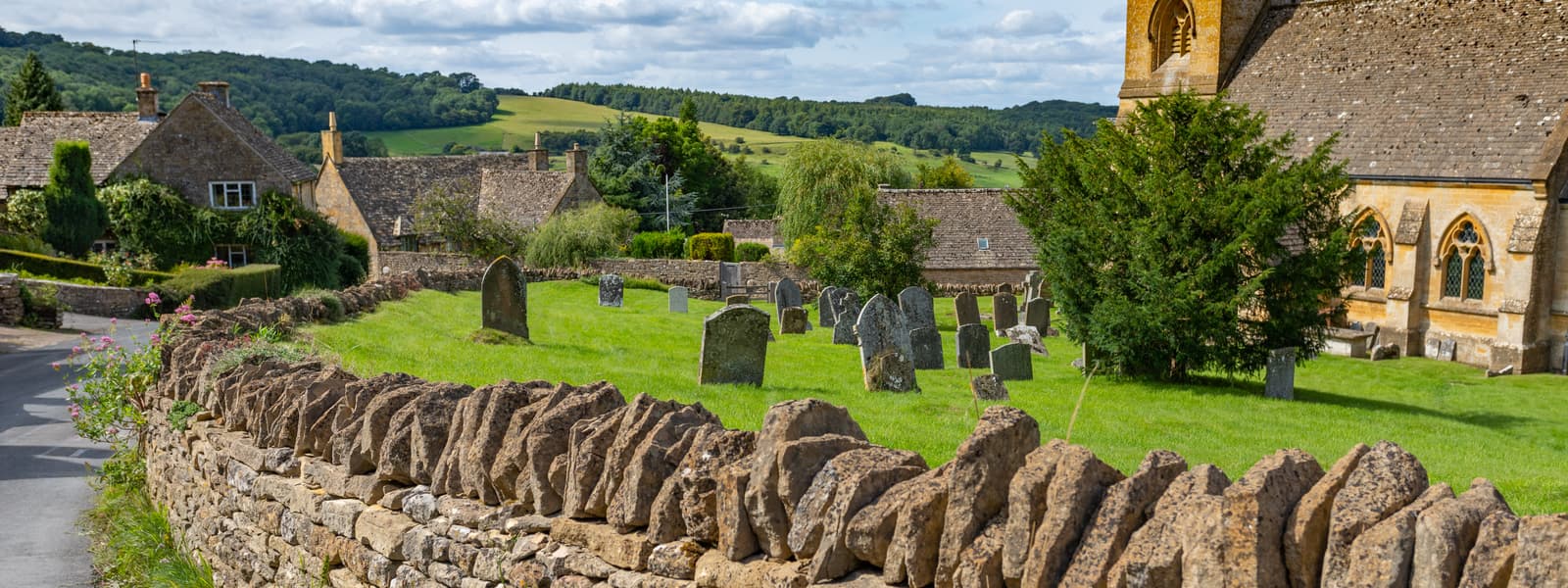Cotswolds National Landscape
Designated in 1966 and covering 790 square miles, the Cotswolds National Landscape is the biggest national landscape in the UK.
The underlying Jurassic limestone gives the Cotswolds National Landscape its distinctive character – from the famous beauty of the local architecture, to the dry stone walls criss-crossing farmed fields and wildflower meadows. Limestone in the Cotswolds ranges from warm honeyed tones to cool greys and is found everywhere – historic merchants’ houses, wool churches, sheep enclosures, and ancient monuments.
Rising gently westward from the broad, green meadows of the upper Thames, the Cotswold Hills crest in a dramatic escarpment above the Severn valley and Evesham Vale. The Cotswolds are nationally important for their rare limestone grassland habitat and for ancient beechwoods with rich flora – around half the country’s flower-rich Jurassic limestone grassland is right here. In summer, meadows are awash with yellows, purples, and pinks as the wildflowers bloom, providing habitat and nourishment for a huge diversity of wildlife including many species of butterfly. Important grasslands such as Cleeve Hill have survived due to their status as ancient common, and a National Nature Reserve protects the finest ancient beech complex. Some plants in the Cotswolds are so rare that they have legal protection under the Wildlife and Countryside Act 1981.








